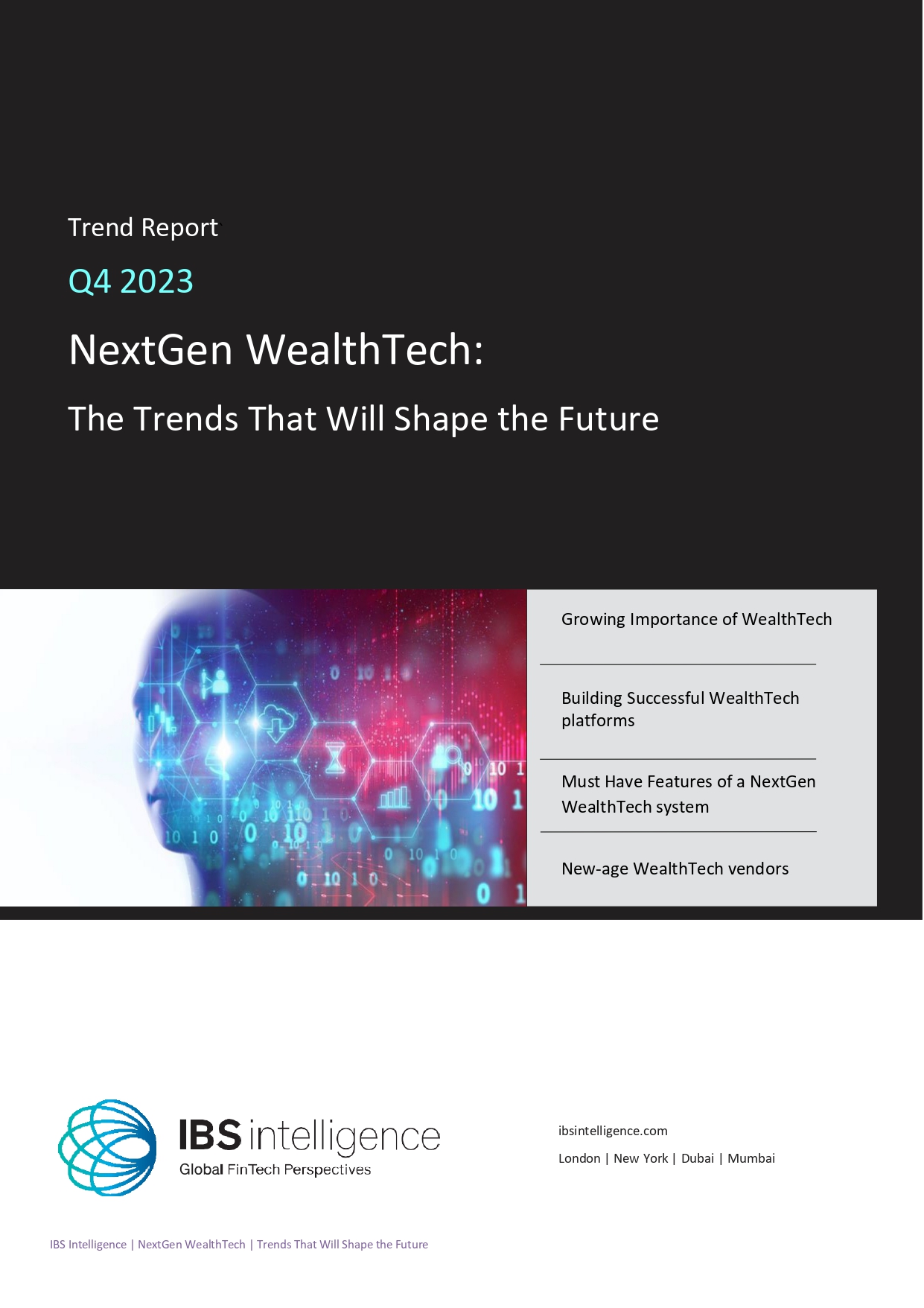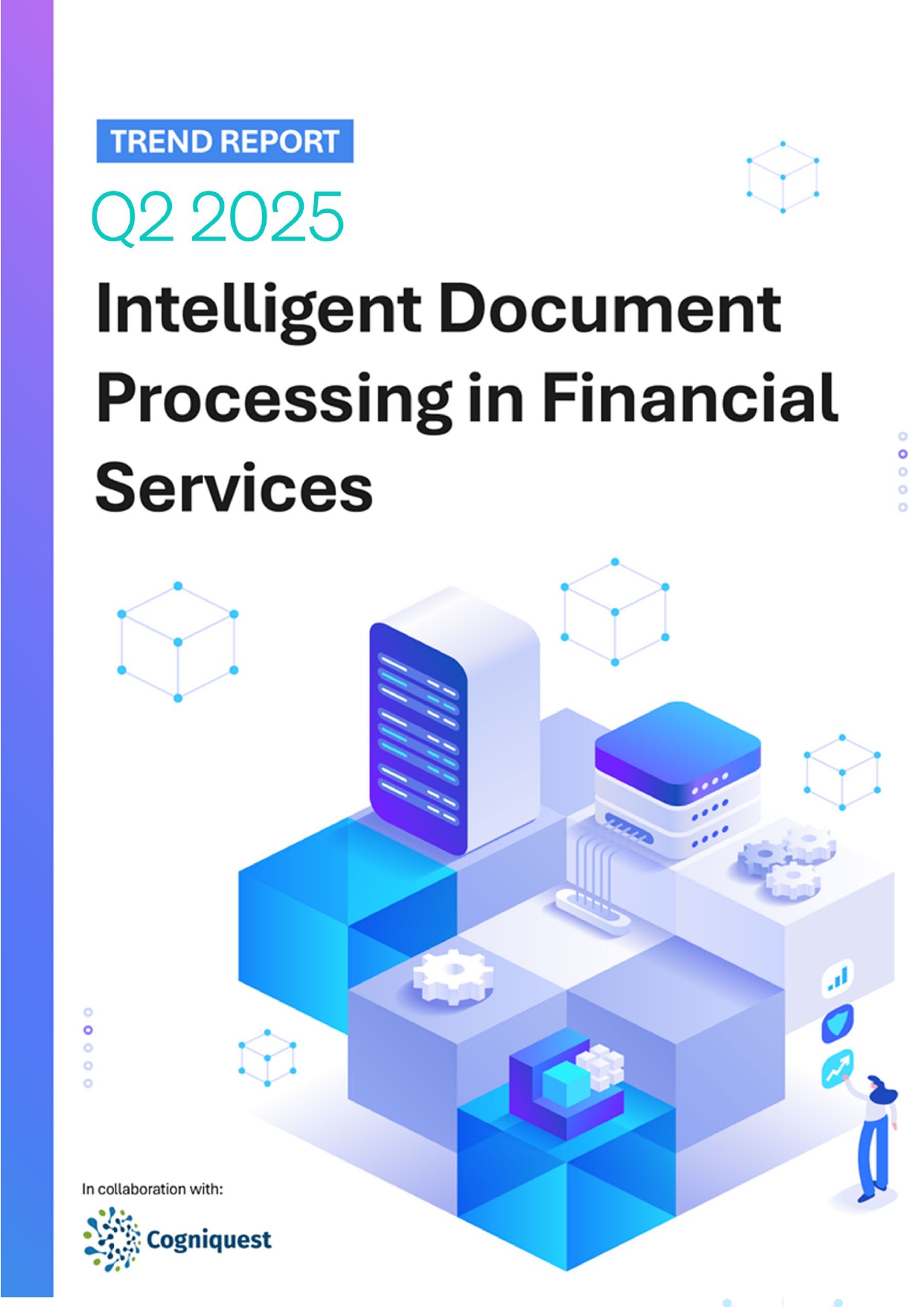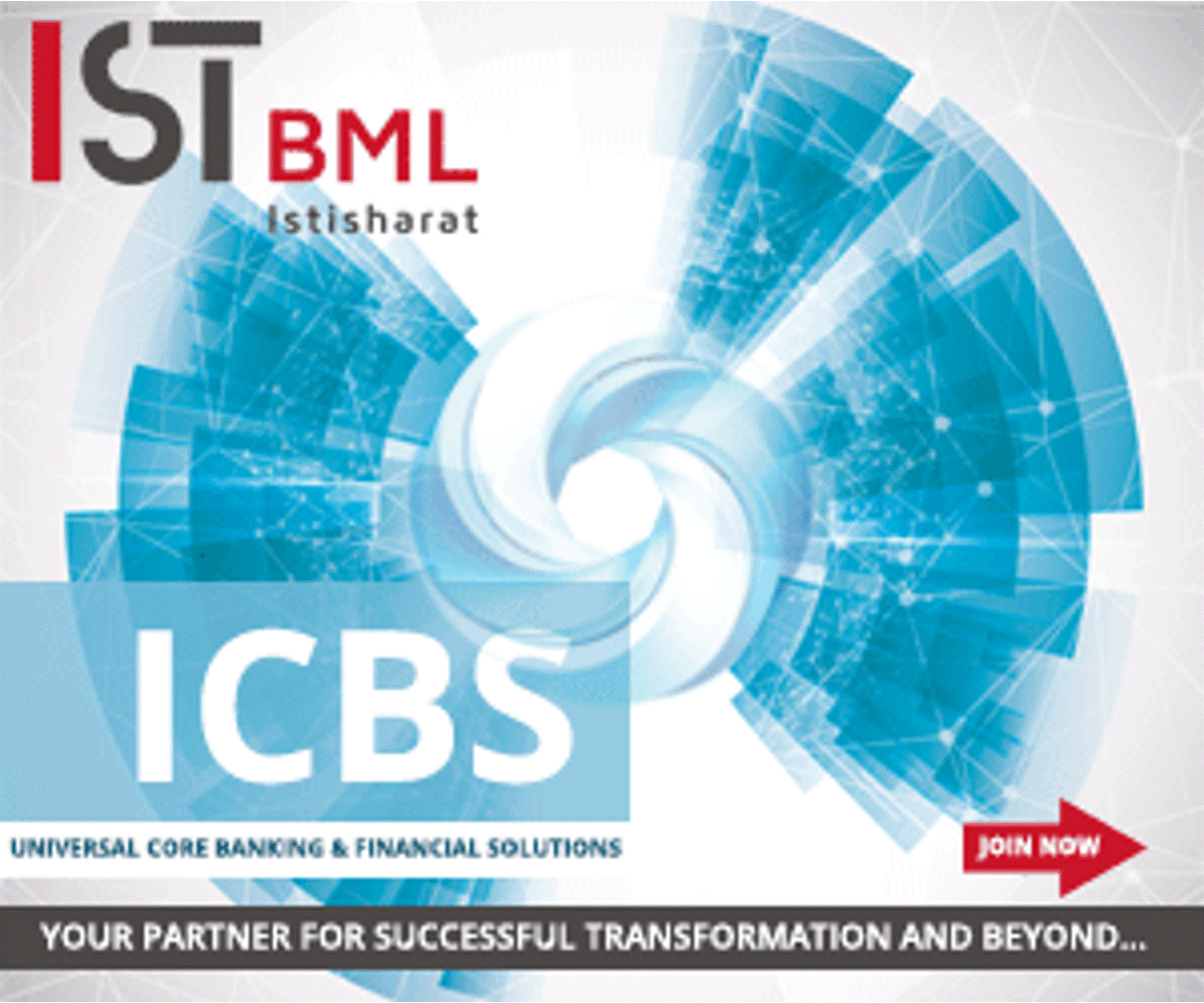 Back
Back
Can a unified payroll system truly support global business?
By Puja Sharma
 As businesses expand internationally and employees increasingly work remotely, the question arises: can global payroll solutions effectively address the challenges of cross-border management? A unified global payroll platform—offering configuration, scalability, and compliance across diverse regions—might hold the answer. But is this vision truly achievable?
As businesses expand internationally and employees increasingly work remotely, the question arises: can global payroll solutions effectively address the challenges of cross-border management? A unified global payroll platform—offering configuration, scalability, and compliance across diverse regions—might hold the answer. But is this vision truly achievable?
Business might go global, but payroll often remains very local. No matter which country one operates in, local regulations and requirements dictate payroll in that area. According to the 2021 “Getting the World Paid” survey, compliance is the biggest global payroll challenge.
“The enormous amount of variable administration can make it very difficult to manage payrolls in different regions under one umbrella,” said Heinrich Swanepoel, Head of Growth at PaySpace by Deel. “Every territory has different requirements. Navigating those local requirements is tricky and creates layers of bureaucracy. It becomes very expensive once you operate in a few territories.”
Local barriers to global expansion
While businesses operate globally, payroll often remains constrained by local regulations. Each country dictates its payroll processes, creating administrative and compliance hurdles. According to the 2021 “Getting the World Paid” survey, compliance remains the leading global payroll challenge.
Heinrich Swanepoel, Head of Growth at PaySpace by Deel, noted, “The enormous amount of variable administration makes it difficult to manage payrolls across regions under one umbrella. Each territory introduces unique requirements, layering bureaucracy and increasing costs.”
The hidden costs of fragmented payroll
Nearly half of payroll administrators encounter unexpected expenses when managing international payrolls, according to a report. Issues like compliance, tax calculations, and fluctuating exchange rates further complicate the process. These challenges often result in fractured systems reliant on local representatives, which increases risks and costs.
Swanepoel highlights a common scenario: “Many companies scale back or abandon global expansion plans due to payroll complexities. Integrated payroll platforms can address these challenges, transforming global ambitions into tangible success.”
What defines integrated global payroll?
Integrated payroll systems simplify operations by consolidating payroll data and connecting with finance and HR systems. By centralising processes, organisations can reduce administrative burdens and minimise risks. Automation further enhances efficiency, as Swanepoel explained, “Automation eliminates manual checks, reducing fraud risks and streamlining processes. Continuous payroll, supported by integration, allows businesses to maintain smooth operations throughout the month, not just at month-end.”
Features like standardised data, streamlined reporting, and employee self-service portals make integrated payroll systems valuable for businesses at any scale.
Moving beyond regional systems
Despite their similarities, traditional regional payroll systems lack the capabilities to support global operations. Modern global payroll platforms, however, are designed to handle the complexities of international payroll while maintaining scalability, compliance, and affordability.
Cloud-native multi-tenant platforms stand out by dynamically addressing regional legislative changes. “These platforms ensure all customers benefit from updates without requiring manual intervention,” said Swanepoel. They also enable seamless cross-border functionality, accommodating diverse legal and cultural needs.
Revolutionising payroll with new solution: A case study
By acquiring PaySpace, Deel has combined global payroll and employee-of-record services into a single solution, streamlining management across regions. This innovation underscores how cloud-native systems are reducing costs and risks for international payroll operations.
“A cloud-native payroll platform interconnects global operations without fragmenting systems,” Swanepoel concluded. “By automating processes and ensuring compliance, businesses can focus on growth, knowing their payroll is secure and efficient.”
The case for cloud-native payroll
The path to truly global payroll lies in embracing centralised, integrated platforms. By addressing compliance, automation, and scalability, these systems empower organisations to navigate the complexities of international business without sacrificing efficiency or cost-effectiveness. For companies expanding across borders, adopting a modern payroll platform is not just an advantage—it’s essential.
IBSi FinTech Journal

- Most trusted FinTech journal since 1991
- Digital monthly issue
- 60+ pages of research, analysis, interviews, opinions, and rankings
- Global coverage
Other Related News
Related Reports

Sales League Table Report 2025
Know More
Global Digital Banking Vendor & Landscape Report Q2 2025
Know More
NextGen WealthTech: The Trends To Shape The Future Q4 2023
Know More
Intelligent Document Processing in Financial Services Q2 2025
Know More


